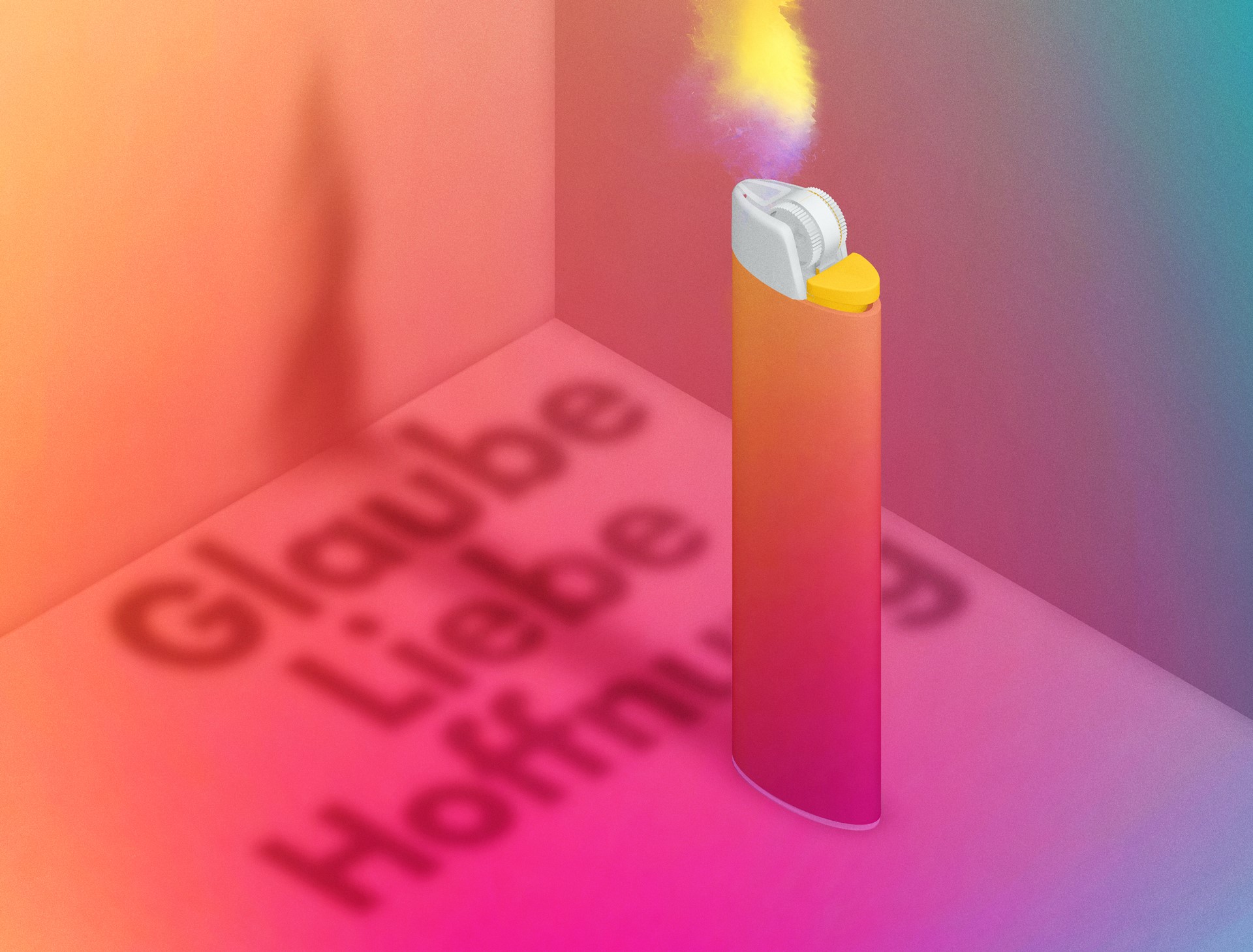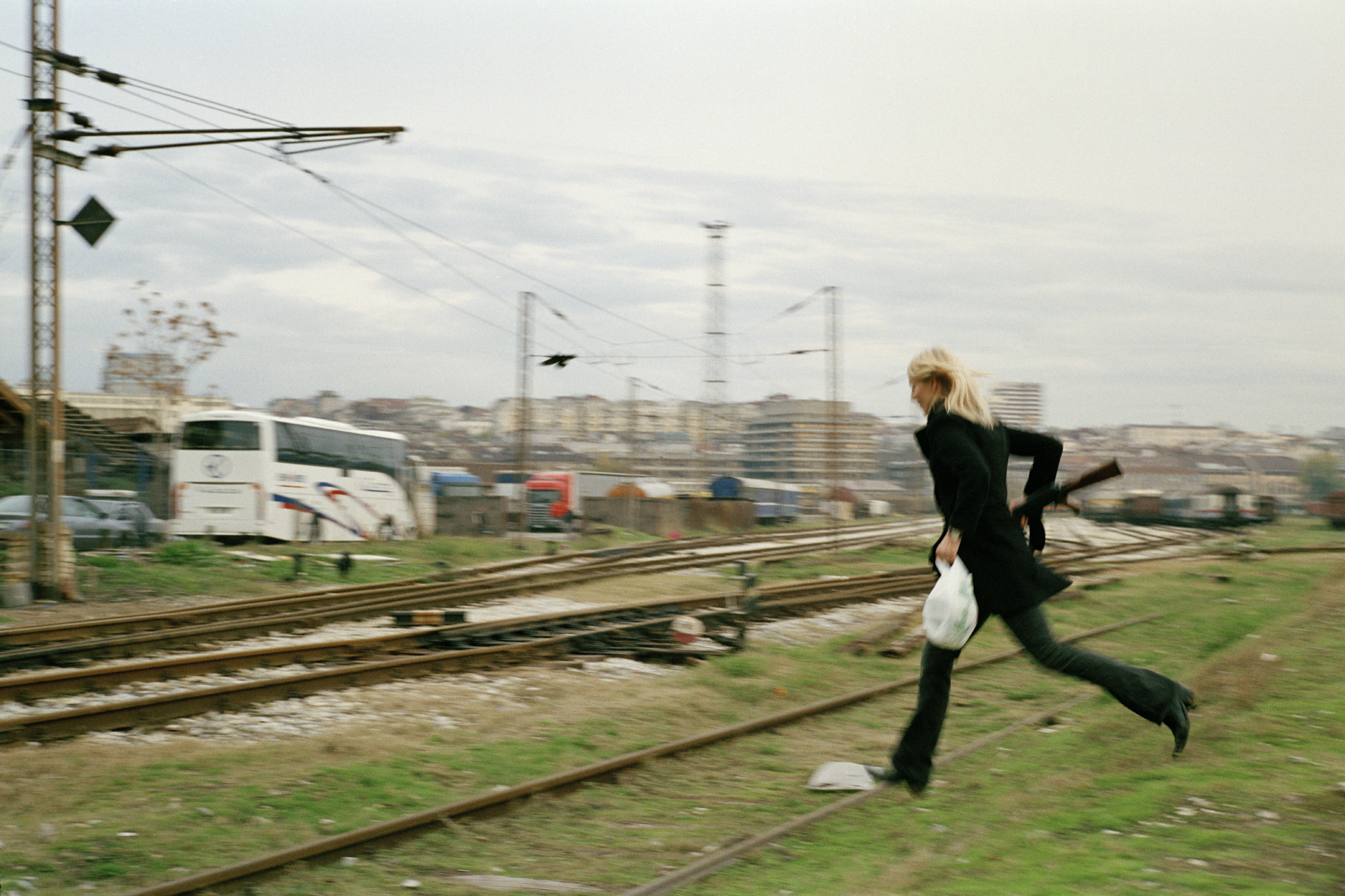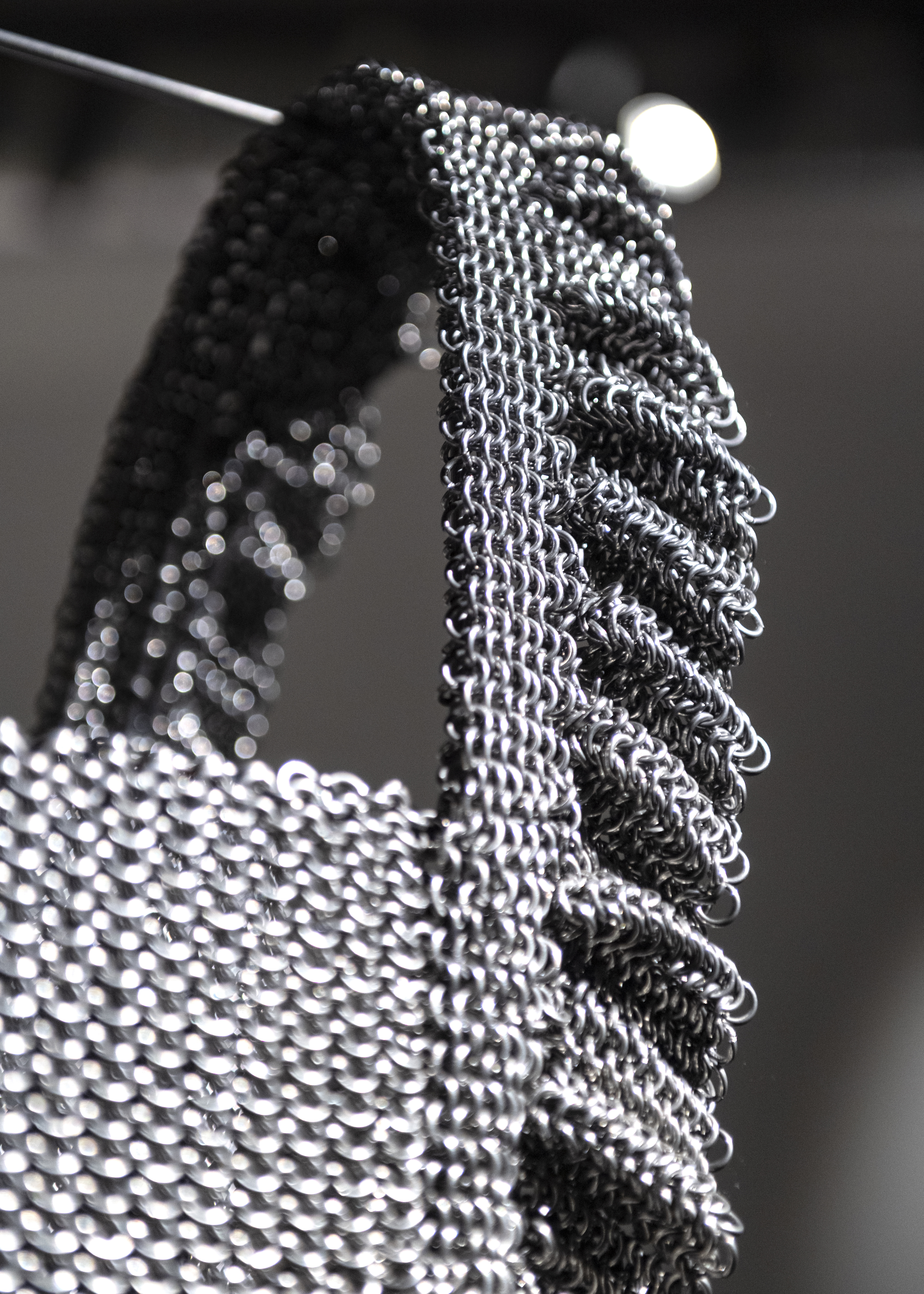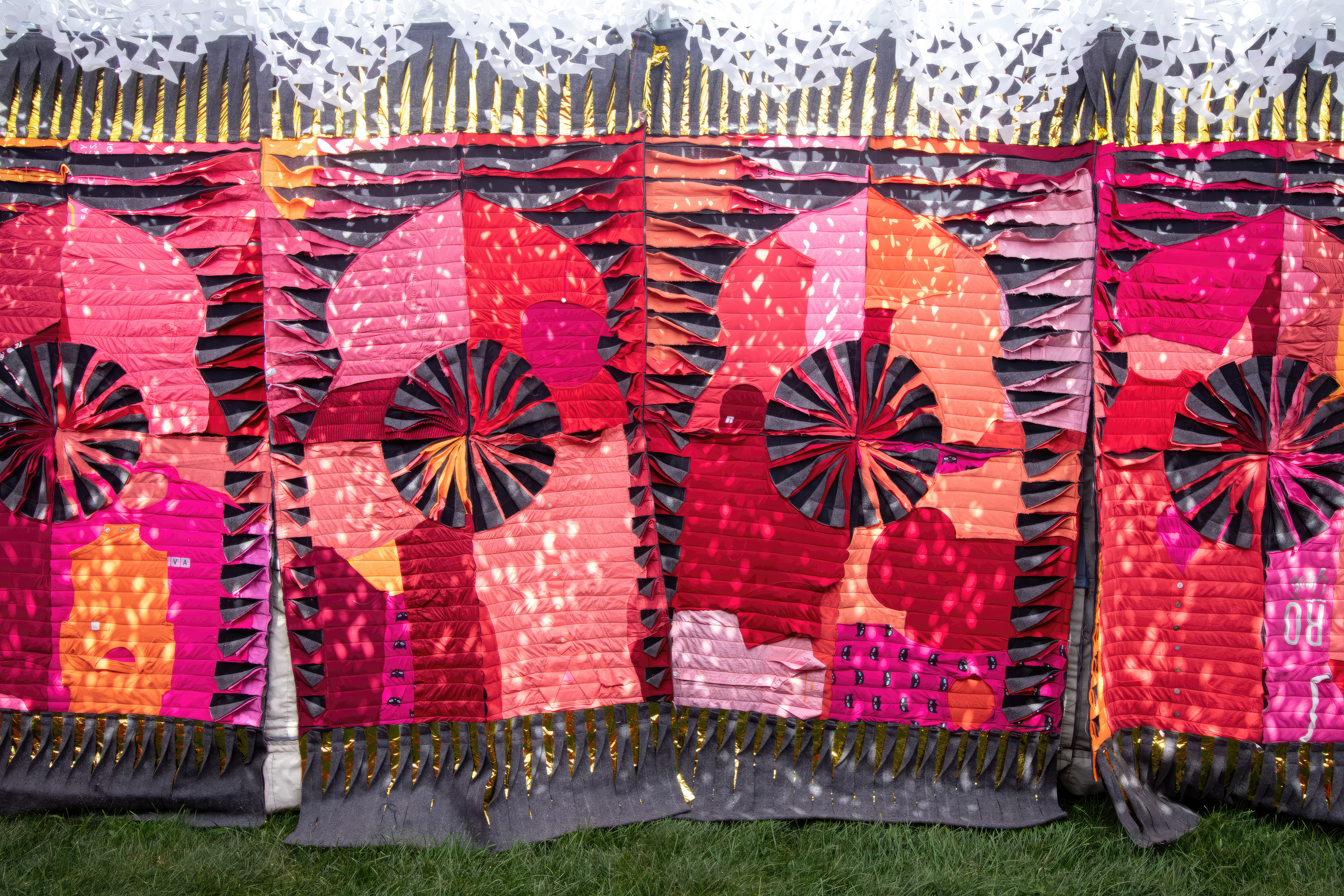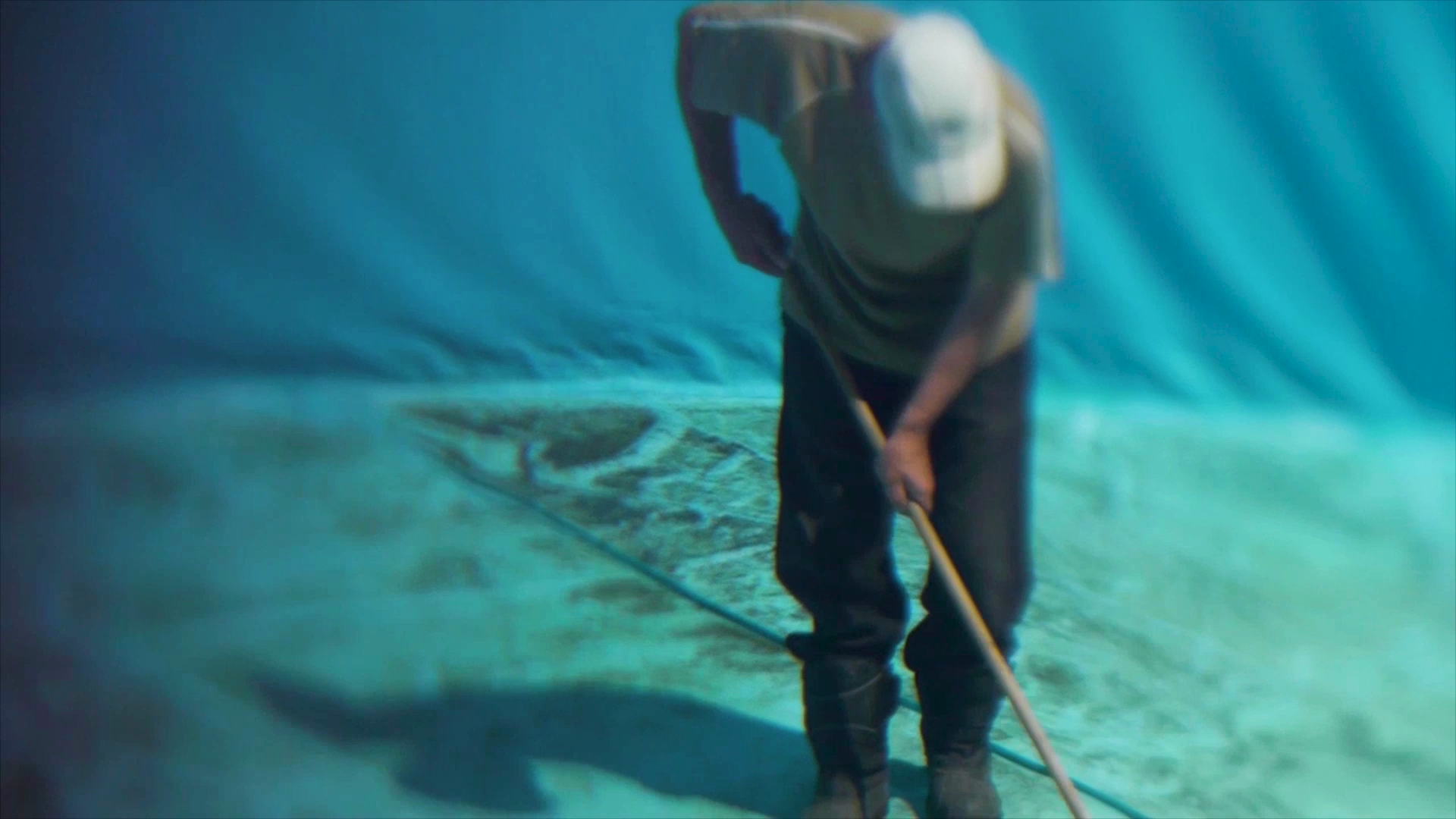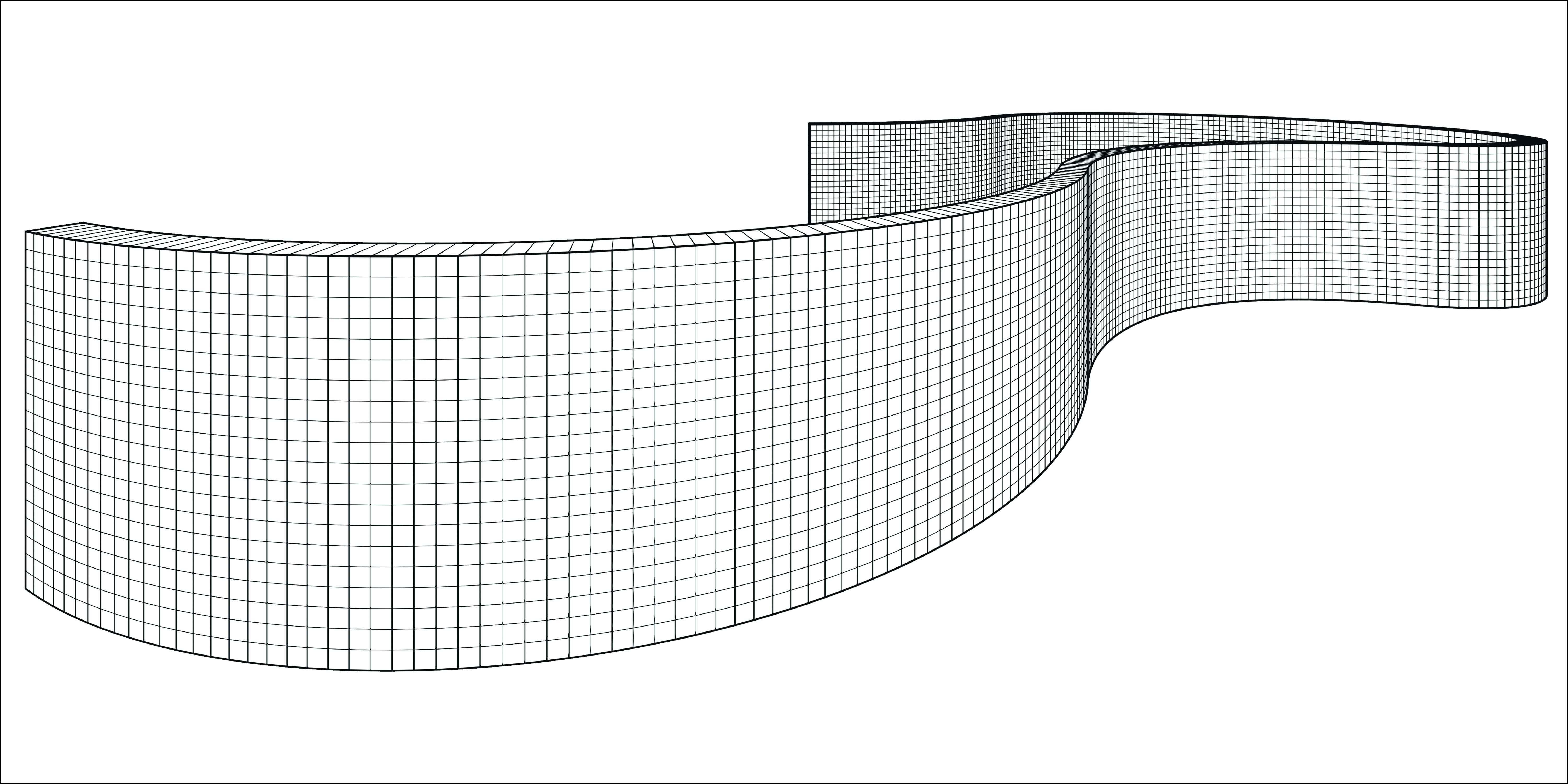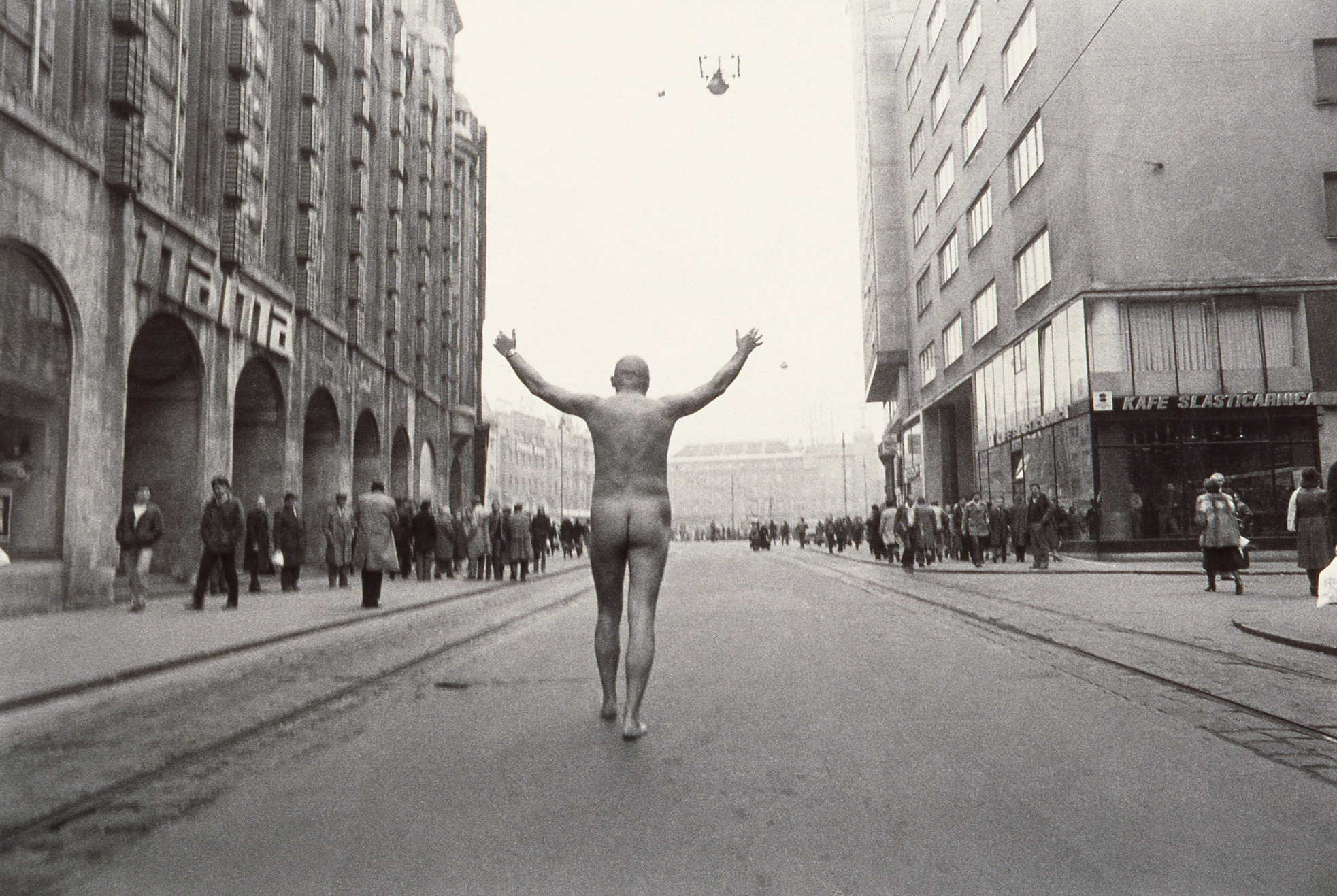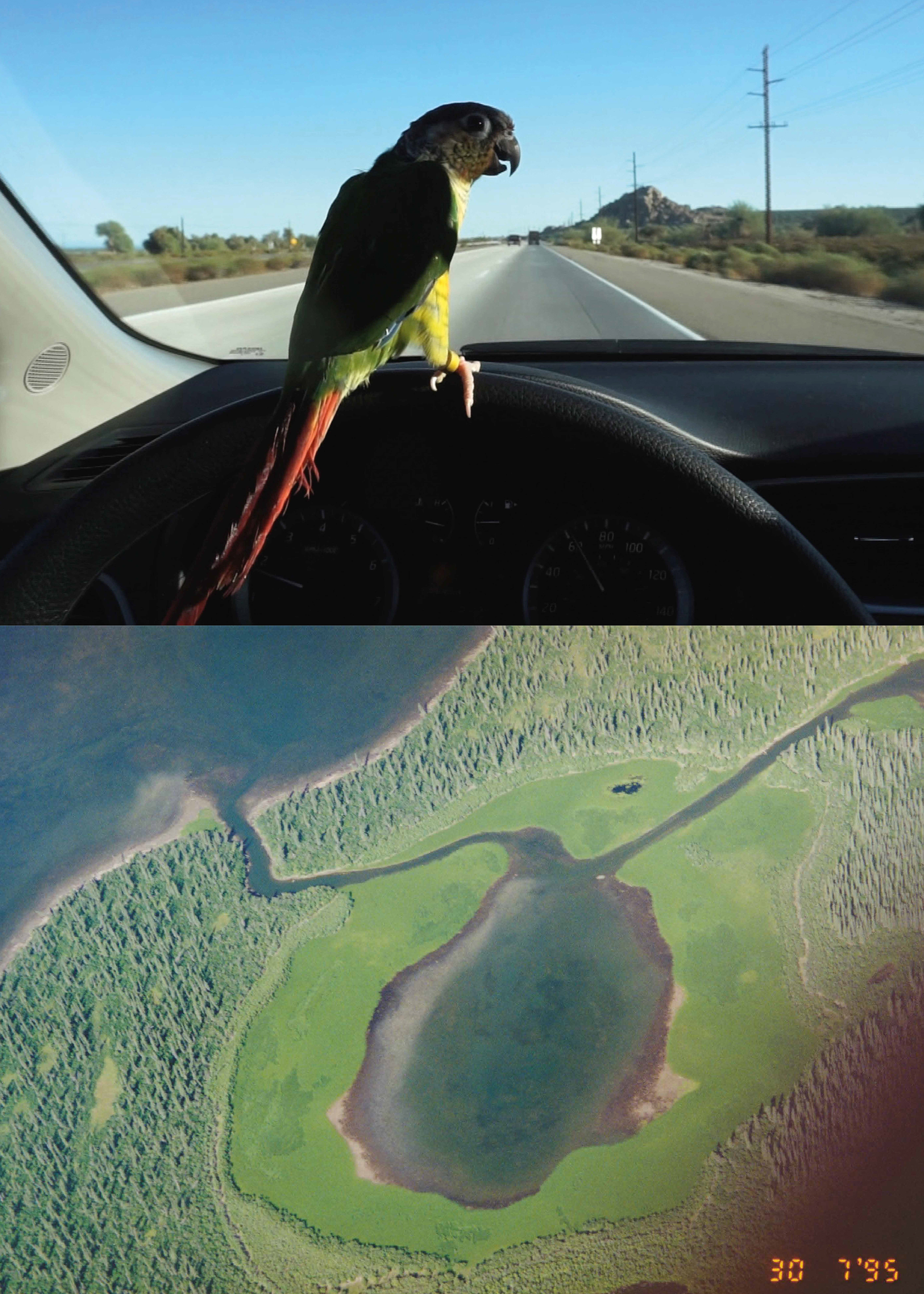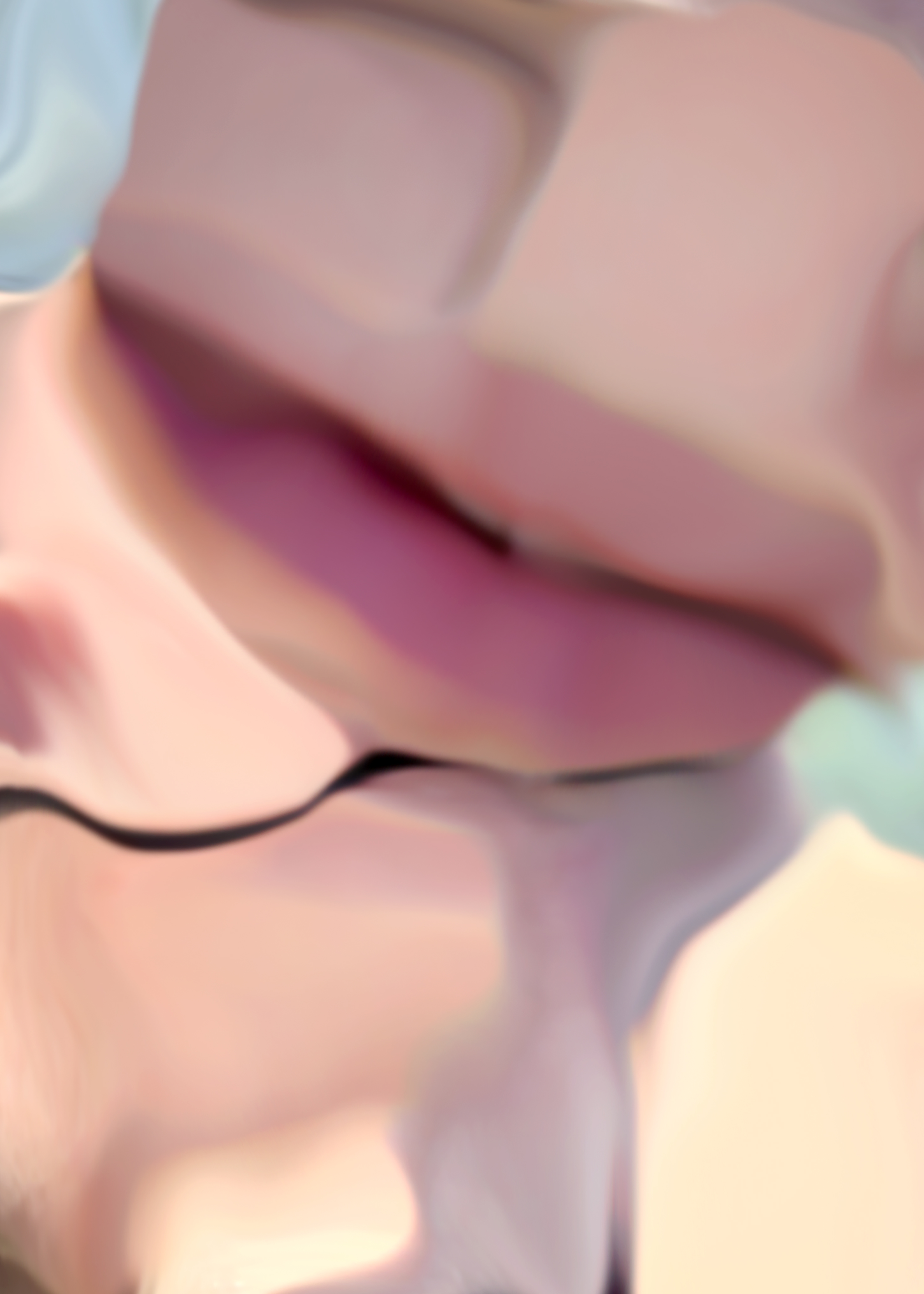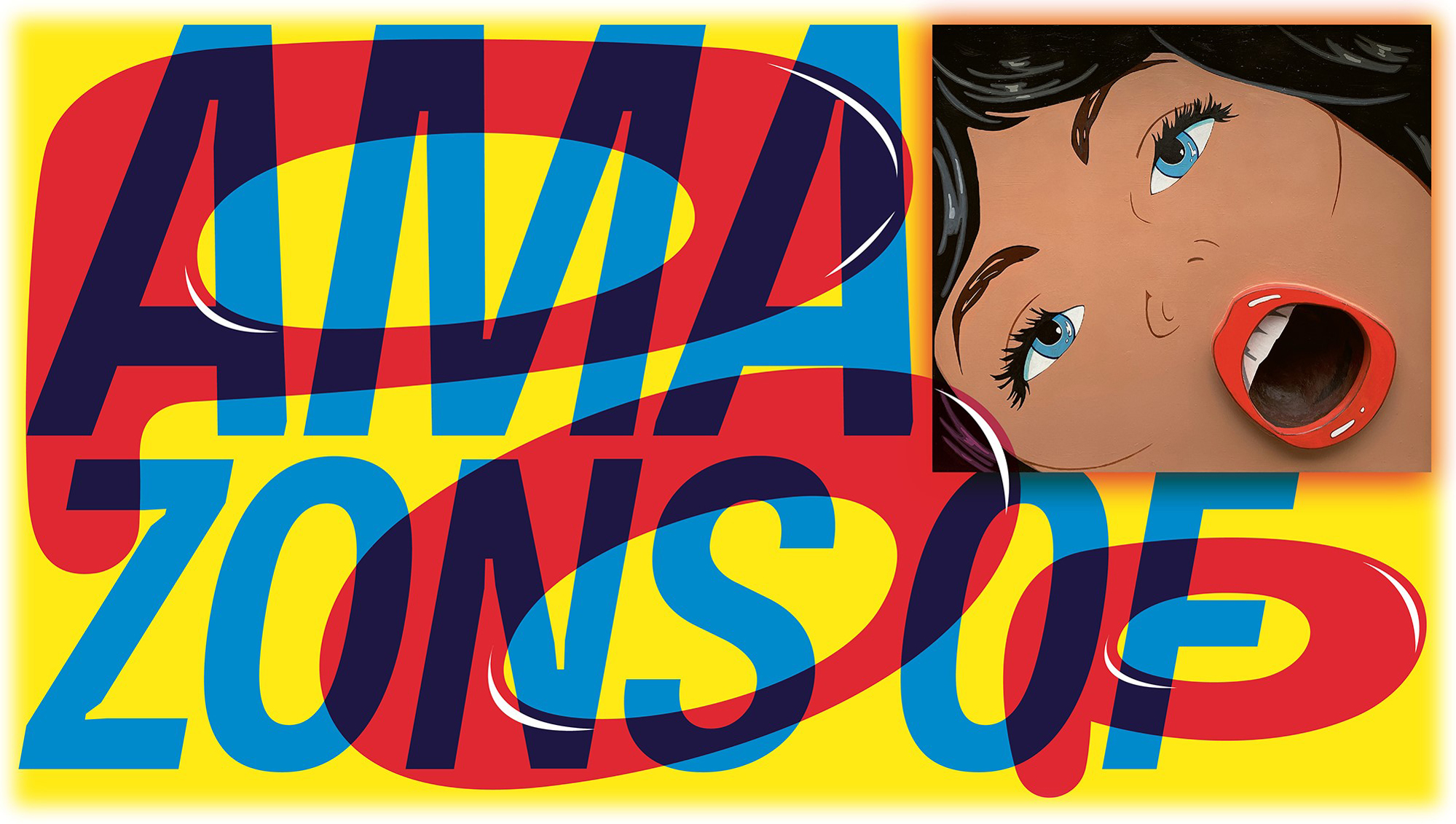800 Years of the Graz-Seckau Diocese
April 13–August 26, 2018
Faith Love Hope—the exhibition strives to highlight a society characterised by a majority of relatively wealthy people and a growing decline in social solidarity. It is no coincidence that the title Faith Love Hope creates a reference to Ödön von Horváth’s drama with a similar title from 1932, in which he describes a time and a society where faith, love and hope seem to dwindle and compassion is lost. Furthermore, it refers to Ulrich Seidl’s film trilogy—which depict a cold, consumerist society and characters who are driven by oppressed desires.
Today, the “three divine virtues,” once considered as cornerstones of the Christian culture of piety and part of the cultural memory in the form of allegories and symbols, can be found amongst the most popular motives for tattoos. This phenomenon can be viewed as a contemporary example of the transfer, the acquisition or incorporation of Christian values—which is also what this exhibition is essentially about. It refers to shows, which have frequently used faith, love and hope in their titles, in order to re-examine the meaning of the “three divine virtues” from a contemporary point of view. Essentially, the works on display are organised along terminological lines, i.e. controversial words (such as “obedience,” “sacrifice”), word pairs (such as “guilt and power,” “pain and identification”) and semantic fields, which aim to open up varied perspectives and allow discussion to take place.
The Kunsthaus Graz and the Minorites’ Cultural Centre wished to explore how Catholicism shaped and moulded Western image culture and examine this heritage, its traces, inherent conflicts and reflections in contemporary fine arts from a 21st century perspective: What is the standing and status of religion and spirituality in contemporary art? What factors determine the complex relation-ship of attraction and rejection, where artists have been addressing and working on the questions of church and faith since the 20th century? And last but not least: what shapes and forms of image-related ethical and social discourse remain an essential heritage of an ecclesiastical history of development today?
As a critical appraisal of the relationship between religion, contemporary art, and society, this project is supported by the Diocese, the City of Graz, and the Province of Styria. Therein lies the political dimension of Faith Love Hope, today.
An exhibition to mark “800 Years of the Graz-Seckau Diocese” together with KULTUM—the Minorites Cultural Centre. In cooperation with Alte Galerie, Folk Life Museum (Universal Museum Joanneum Graz) and Diocesan Museum Graz.
Artists: Adel Abdessemed, Azra Akšamija, Iris Andraschek, Maja Bajević, Anna Baranowski und Luise Schröder, Maja Bekan, Monica Bonvicini, Louise Bourgeois, Guillaume Bruère, Günter Brus, Berlinde De Bruyckere, Willem De Rooij, Marlene Dumas, Manfred Erjautz, VALIE EXPORT, Harun Farocki, Linda Fregni Nagler, Hilde Fuchs, Dan Graham, Maria Hahnenkamp, Fritz Hartlauer, Anna Jermolaewa, Birgit Jürgenssen, Franz Kapfer, Zlatko Kopljar, Maria Kramer, Kris Martin, Anna Meyer, Inge Morath, Muntean/Rosenblum, Alois Neuhold, Hermann Nitsch, Adrian Paci, Hannes Priesch, Karol Radziszewski, Werner Reiterer, Ulrike Rosenbach, Anri Sala, Christoph Schmidberger, Santiago Sierra, Slavs and Tatars, TEER (Wolfgang Temmel, Fedo Ertl), Norbert Trummer, Luc Tuymans, Danh Vō, Franz West, Markus Wilfling, Manfred Willmann, Artur Żmijewski, and others
